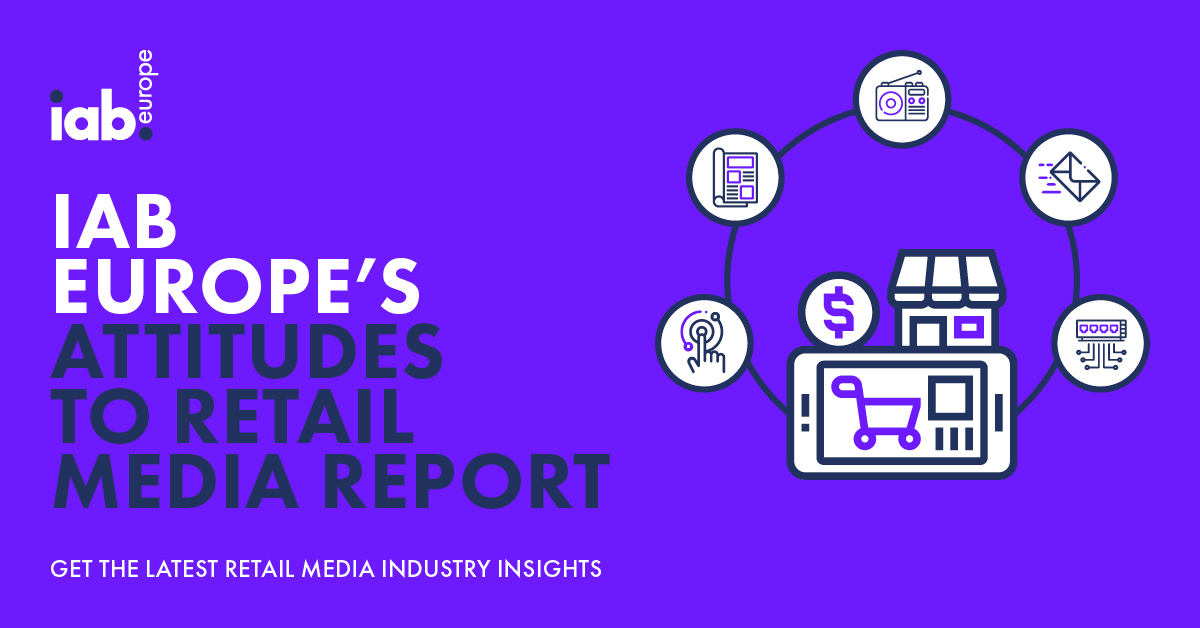Today click and collect is everywhere. Tesco , for example, recently announced an extension to its popular click and collect service, offering customers the ability to shop online and pick up their goods on the same day. This is just one example of a retail giant in the grocery sector adapting to compete in a world driven by customer demand.
But does the click and collect model really offer customers the convenience they are yearning for? And for retailers, is it a sustainable and profitable service against an increasingly competitive backdrop?
The click and collect effect
The click and collect model has enjoyed relative success in recent years – and it’s not hard to see why.
From the customer’s perspective, there is an increasing desire to seize control and take matters into their own hands when it comes to delivery. This is no doubt born from the frustration of one too many “sorry we missed you” cards. People who are fed up with a poor delivery experience, too many trips to their local depot or shame-faced visits to the next-door-neighbours to collect wayward parcels have found that click and collect offers them a saving grace, especially when buying online.
There are also obvious benefits from the retailer’s perspective.
For traditional retailers, using the click and collect model is a quick and easy way to leverage bricks and mortar infrastructures through digital channels. By providing customers with an accessible and intuitive digital interface and then bringing them in-store to collect (at their convenience), retailers have an opportunity to drive valuable additional sales, bulk up basket sizes and increase customer exposure to the brand during their visit.
What’s more, click and collect offers retailers a way of replicating a high-quality shopper journey throughout the delivery experience. Brands who pride themselves on exemplary customer service in-store – such as John Lewis – can ensure this reputation extends throughout their whole supply chain.
But there is evidently a flipside to this; it certainly isn’t all a bed of roses and moves by Tesco and other retail brands towards charging for this hitherto free service point towards its problems.
The missing piece
By offering this service, retailers take a huge part of the logistics chain in-house and, with it, the associated issues and risks.
Firstly, click and collect requires retailers to place a significant amount of trust in the hands of their customers; shoppers who click but then – for whatever reason – decide not to collect can have a huge impact on the business’s supply chain.
Deliveries taking up valuable space in-store as they await collection; the costs incurred by the retailer of returning goods to a central hub; the potential fall in value of those items whilst waiting for collection – there is plenty that can hit the bottom line.
Add to this the associated risk of selling fast moving and perishable goods, as is the case for the likes of Tesco. Allowing customers to buy items which need to be kept refrigerated or frozen means suppliers will need to give customers a highly-restricted time window for collection, to ensure this produce remains fresh. Is click and collect like this – on retailers’ terms – worth it? Likely not in isolation.
What’s more, in recent years we’ve seen an increasing number of shoppers choose online channels rather than braving the high street during peak season in particular, leading to increased demand upon distribution networks. With click and collect it’s easy for retailers to over promise and fail to deliver during their busiest periods – just as we have seen Tesco do in the past. To avoid this becoming a serious reputational issue for any brand requires significant planning for even the most unexpected of eventualities.
And what about the growing generation of pure-play providers; the likes of Amazon and eBay ?
Click and collect forces these retailers to hand the final – and arguably most important – step of the customer journey into the hands of a third party service provider, often a local corner shop or convenience store. It is essential that these environments promote the same ethos and customer service to maintain performance and standards. The delivery chain is an extension of a retailer’s brand, and careful consideration is therefore required when placing control of their customer experience in the hands of others.
Convenience-lite?
According to research we undertook earlier this year, consumers are prepared to pay up to a staggering six times more for a delivery option which is truly convenient to them – meaning retailers have a lot to barter with.
In a world where the power is being placed in the hands of the shopper, convenience has truly become king. For consumers, time is an ever more precious commodity, and retailers need to respect this. In this brave new world, overreliance on a click and collect service means taking a “convenience-lite” route.
When it comes to click and collect, consumers are still, in essence, required to leave their house, travel to at least one (and sometimes several) different locations to collect their goods, all within the timeframes dictated by the retailers.
What’s next for click and collect?
Click and collect will, of course, continue to be a popular choice amongst shoppers, however recent innovations within the logistics sector mean that retailers can go much further in giving customers something which is really convenient.
By using specified 1-hourly delivery windows dictated on the consumer’s terms, such as On the dot, retailers can seamlessly integrate themselves into their customers’ lives by delivering their parcels where they want, at a time most convenient time to them.
Delivery services of this nature are truly putting the customer first. The retailers who get it right this peak season and beyond, will be the ones that go the extra mile in empowering their customers, not only through click and collect options, but also by offering deliveries on their terms; when and where they want them.
Patrick Gallagher is chief executive of same-day distribution company CitySprint








